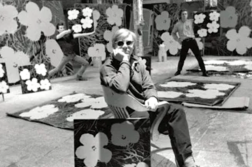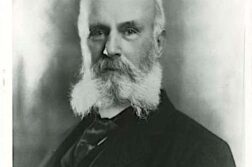SOCIAL RESEARCH on GLBT people has begun to provide the kind of detailed knowledge base that’s been available for other minorities for many decades, so at last we can start to answer some of the basic questions that define this group as minority. Just how many GLBT people are there as a proportion of the total population? How affluent are they relative to other groups? How do they compare in public health areas such as smoking and suicide? These are the kinds of questions for which data have been collected in excrutiating detail for African-Americans, women, and other demographic groups, but which have only recently been collected in any systematic way for GLBT people. And even then the method is often far from perfect. For example, the U.S. Census now asks a question about domestic partners that allows us to examine one subset of gay people, but that’s all. Still, a picture is beginning to emerge of America’s newest minority, as witness the following studies from sources both public and private.






